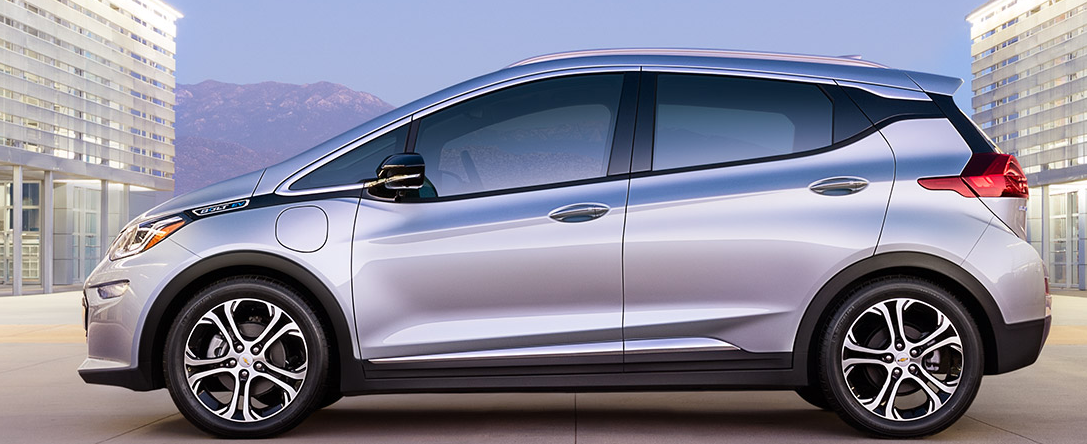
I spent the last several days at CES in Las Vegas with about 150,000 of my closest friends and more than 3,500 companies.
CES used to stand for Consumer Electronics show but it’s now officially called International CES. The sponsoring trade group was known as the Consumer Electronics Association but now it’s the Consumer Technology Association or CTA.
Although I have never fully appreciated the modern trend of renaming companies and organizations to their initials (like IBM, KFC and CBS), I do understand why the organization behind CES wanted to drop the word “electronics.” There are still a lot of electronic devices at this show, but as CEO Gary Shapiro said in an interview, “we changed our name to Consumer Technology Association to reflect the great diversity of membership and mission that we have.”
I was very impressed by what I saw from the car companies. CES has always had automobiles on display, but until a few years ago, they were mostly there to show off audio systems that could blow the doors off the convention center. Today the automotive hall isn’t quite so noisy but it’s a lot more interesting as the likes of Ford, GM, Toyota, Volkswagen, Audi, BMW show off their latest hi-tech vehicles and services.
Ford CEO Mark Fields was at CES to talk about his company’s advanced technology initiatives, including the work of its Research and Innovation lab in Palo Alto where Ford is working on manyprojects including autonomous and semi- autonomous vehicles. Ahead of CES there were reports that Ford would be building the self-driving cars that Google has been developing and testing for several years, but Fields wouldn’t confirm nor deny the rumor.
In an interview, Fields did say that Ford is tripling its fleet of autonomous development vehicles to move towards what he called “level four, which is basically an autonomous vehicle in a defined area where the driver will not need to be prepared to take control.” He said this would be on existing roads, “probably in geofenced areas that have been 3D mapped.”
Scroll to end of post to listen to the entire interview with Ford CEO Mark Fields
Even though the big Detroit Auto Show starts only a few days after CES ends, GM selected CES to announce it new all-electric 2017 Chevrolet Bolt-EV, a $30,000 car (after a federal tax credit) with an estimated 200-mile range. That’s more than twice the range of the Nissan Leaf and enough to relieve most drivers of “range anxiety.” Like all new vehicles, it’s full of advanced electronics, hence, I suppose the reason for announcing it as CES. The car has a 10.1 touch screen and an inductive charger for wirelessly powering your cell phone. GM CEO Mary Barra said in her CES keynote that the car went from concept to production-ready in 12 months. That’s Silicon Valley speed, rather than the glacial development cycles of the old US auto industry.
The rapid evolution in automobile technology is tempting me to replace my 2010 Prius this year. If I do, it will be the first time I’ve ever replaced a car that was less than 10 years old. When I was a kid, it was common for people to buy a new car every two or three years and I wonder if rapidly changing technology will cause that pattern to reemerge.
Of course, not everyone is in the market to buy a car. “In many cases, young people, particularly in urban areas, want access vs. ownership” said Ford’s Mark Fields.
Like GM, which just invested $500 million in Lyft, Ford is trying to capitalize on ride sharing and car sharing. Once driverless cars do become available, it is expected that many will be used by on-demand services. Rather than pull the car out of your garage, you’ll just summon it with an app and hop-in. Ford is also experimenting with electric bicycles to get from a parking lot at the edge of a city to your destination, as a way of relieving congestion.
Speaking of autonomous vehicles, a Chinese company showed off a drone that they say can carry a passenger up to 10 miles. The Ehang 184 didn’t, literally, take off at CES and I doubt whether it will ever be licensed to fly in the U.S., but the concept of flying an up-to 223 pound person across town is certainly appealing, albeit likely far from being practical anytime soon.
What is available now is a drone that follows you when you ski, bike or surf. I took a mountain bike ride in nearby Red Rock Canyon, followed by an AirDog drone, which memorialized my ride with a 4K video that it took from the air. A small remote you wear on your sleeve lets you easily position the drone with the touch of a button so that it can record you from different angles and altitudes. Lots of drones have video cameras but the $1,599 AirDog is especially designed to be easily controlled while engaging in action sports.
As I rode that bike up the hill, my Fitbit told me that my heart rate was about 110 beats per minute. Had I been wearing the Omron Project Zero watch, shown at CES, I would have also known my blood pressure. That was one of many devices at the show that are going beyond measuring footsteps and heart beats to providing actual health data.
Finally, as I was about to leave the fitness hall, I took a “two-minute fitness test” with a bracelet from Chinese company HeHa Qi that uses what it claims to be electrocardiography to measure stress levels. After racing around CES all day, the result of my stress test was even worse than I expected. Fortunately, there was a nearby booth offering electronic massages.